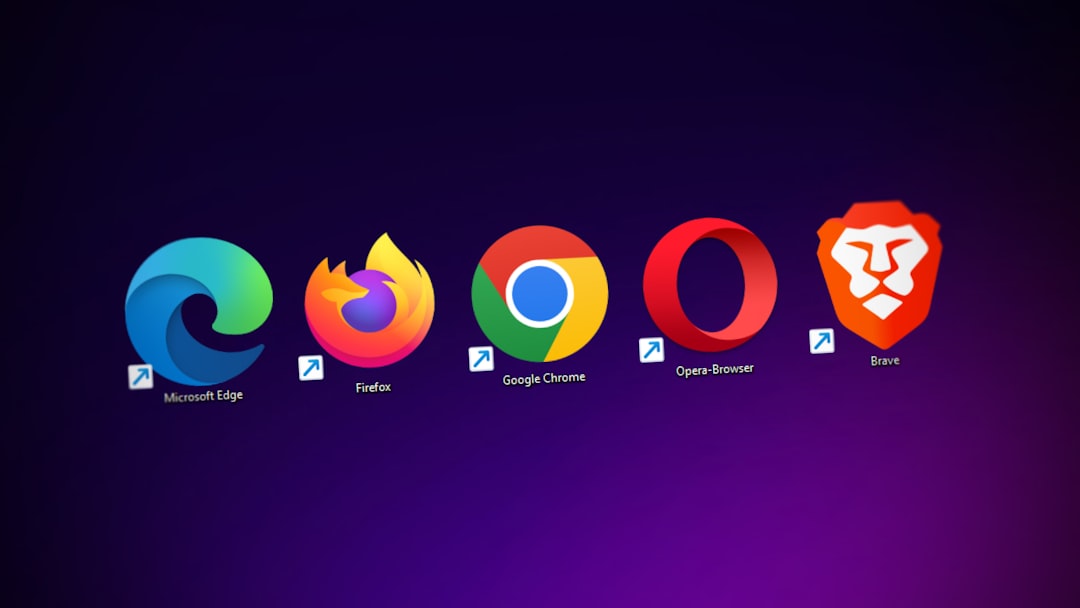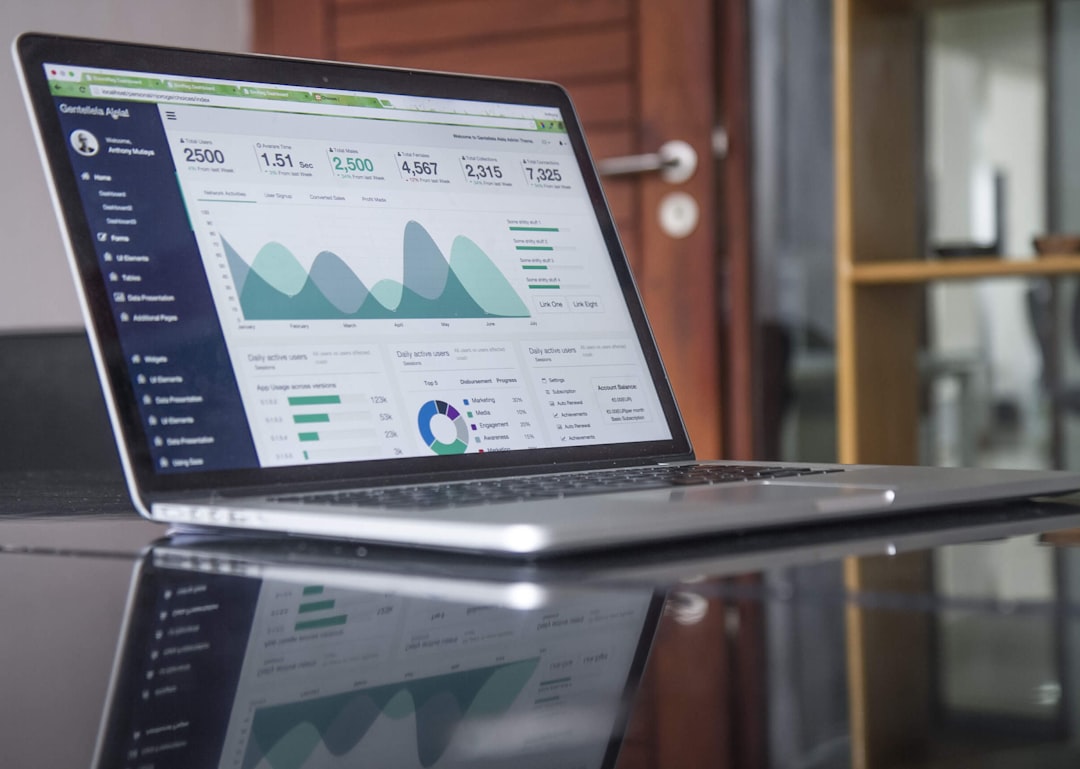In today’s heavily saturated world where everything moves with the speed of light, it is not just desirable, but essential to provide website response times that matches it. It is essential to do so, as anyone involved in running a business, owning a small business, working in digital marketing, or developing websites knows that increasing the speed of the website to be displayed can heighten the usability and SEO rating dramatically. Using such petty adjustments as image optimization and using the browser cache, you can achieve increased site loading time and make the environment around your site friendlier to the visitors. In the following ten steps, you will find practical and manageable website speed optimization tips and tricks. Welcome back to the fascinating topic of tech enhancements, and let’s find out how you can make your website considerably faster.
Boost Website Speed with Simple Tweaks
Image Compression Techniques Explained
They all have known that image compression is commonly used tool in process of websites speed optimization. Through the optimization of the image files, which enables the creating of small images without having to compromise on the quality of the images being displayed, then loading time is able to be improved. Three primary methods exist: It also suggested strategies, which are lossless compression, lossy compression, and the use of new formats such as WebP. Compressing with loseless makes files size small without any loss in quality, good for logos or simple images. This is applied in JPEG and PNG files. There’s a lossy compression in which some data are eliminated, and this makes files sizes small but has impact on the images. It is perfect for images which may have a tolerance in quality that may not easily be seen. WebP scheme offers the progressive compression that is the lossless and the a lossy one which enables the increase of the files’ compression ratio and improve the efficiency when utilized in the internet environment. Such as TinyPNG, JPEG Optimizer, WebP Converter etc which give these methods and these are so simple to use. By using these approaches, you increase such values as usability by loading the page faster, A SEO, as search engines always take into consideration the time taken to load a page.

Leverage Browser Caching for Speed
Another technique involves using browser caching where the browser save’s a copy of the page’s content to it cache and uses this page to determine the site’s loading speed. Keeping an eye on the website traffic and loading speed, we admit that a user browser loads various elements such as images and scripts when he or she visits the website. Since you give the browser an instruction to save such aspects for instance, images and Flash animations you do not need to download repeatedly on subsequent visits. This caching process generally shortens the page load time, and therefore improves the usage experience. As a rule, to implement the browser caching, some peculiar changes in the HTTP headers are necessary. This can be done on the basis of the expiry period for particular file type—generally the expiry period is higher for a picture or logo and lower for the frequently changing information. Another technique of analysis, which could be employed is for example Google`s PageSpeed Insights, which give information about caching opportunities. Browser caching is quite beneficial in the same way as it is crucial for SEO as search engines promote faster websites.

Enhance User Experience for Retention
Decreasing the loading time for a site is one of the most important indicators that can directly impact on the usage rates – major in retaining the visitors. A faster site is also one in which users not only stay longer on the site but also make multiple visits thus decreasing bounce rates. Analysis of user experience shows that users expect a site to take less than three seconds to load, and if it does not, they abandon it. Even though this a general guideline to create an optimal performance of a content, specialization should be placed in mobile responsiveness and easy navigation. Besides, elements such as detailing the user interface and removal of some of the extra components can also improve navigation. Further, the use of site performance measurement tools assists in the discovery of opportunities for enhancement. With regard to the issues considered for this paper, speed optimization also helps to support user experience in the best possible way: the longer people stay on your website, the more interested they will be in your content and the more shares, likes, comments and other activities you can expect from your audience.

Improve Site Loading Time
Quick SEO Ranking Tips
Not only does the improvement of site loading time make site more functional and friendly to users, but it also increases site rank on search engines. Let us begin by reducing the number of HTTP request as each request lowers your loading time. Some of the existing features in the web page may need optimization this is can be done with the help of tools like Google PageSpeed Insights. Some realistic ways, which can be applied to reduce the page loading time consist in the elimination of the number of plugins; image files should be compressed; Internet browser cache should be activated. Also, make sure your site is mobile friendly because as we now know, search engine now factor in mobile friendliness as a consideration. Using a CDN can also help to evenly distribute your content across a server and decrease server loading time. Optimize the code of your website and also remove all scripts and style sheets that you do not use in the website. Make sure you are creating new content on a regularly basis and that you delete old material that maybe of no use anymore. If you implement these SEO ranking tips, your website loading time will be faced and you will rank high on sites like Google.

Efficient Coding Practices for Speed
Proper coding methods are critical for minimising site loading time and for enhancing the performance of a website. Begin by reducing the size of your HTML, CSS, and JavaScript, which can easily be done. This process not only strips out any and all blanks or commentaries that are not required for the CODE to work but also does away with most other extraneous characters thereby making the CODE to load faster. The other practice is called asynchronous loading. With async scripts, you make it possible for several files to download at once instead of waiting for for one to download before start a new one. Also, use async and defer for unused CSS and JavaScript so that the first assets load up first before the other ones. Other optimizations which may also improve speed include lazy loading images and videos since the page loads a media but immediately displays a placeholder that is replaced with the actual media only if the user scrolls down to the media. Try to keep an eye on your code and look for anything that is unnecessary or can be deleted because it is not useful anymore. Lastly, it becomes imperative to use a proper version control system given that your site’s code can quickly become bloated. Through the following list of efficient coding practices, your web site loading time will improve greatly along with the site visitors experience.

Optimizing Mobile Responsiveness
Mobile web responsiveness is paramount as most consumers browse websites on mobile gadgets. A responsive design adopted guarantees your site operates appropriately in different interfaces, hence consistency when it comes to use. It is recommended to start with the flexible grids and layouts because these enable the related elements to change their sizes. Make your CSS mobile-friendly as the first step and only add additional information to the screen where it may be needed. It is necessary to apply media queries to adjust the looks of the webpage in terms of devices. Load resource early and avoid large resource until the later part to enhance speed. Optimize image and assets for the mobile to ease on the time it takes to download the displays. Moreover, the opportunity of using AMP to deliver content as quickly as possible should also be used. Test your site on different devices, and always use resources like Google Mobile Friendly Test for problems check. First of all, prioritizing the mobile version increases the site’s relevance and usability, as well as improving the SEO ranking, because search engines also prefer mobile resources.

Engage Visitors with Performance
Benefits of Faster Load Times
It is clear that faster loading times are critical for generating a positive customer experience and, as a result, increased chances of a sale. The general idea that fast loading of a site is favorable is defined by the fact that if a site loads faster then the visitors are going to stay longer and not bounce etc. This in turn can result in increased customer participation and satisfaction, often where users like their time appreciated by sites. In addition, Web sites with fast loading files score better on the search engines because speed is a component of the SEO formula. This can greatly increase the amount of organic traffic you are getting to your site. Also, faster loading time is good for the mobile users especially with the recently increased number of mobile users. Through optimizing your site, you improve customers’ satisfaction, as well as work for organic improvement of incomes and development, too. Stressing speed becomes beneficial as a unique selling proposition as it puts your site in a position where each second matters in a world of consumers.

Analyzing User Behavior Improvements
It is crucial to know the factors that brought the enhancement in the customer’s behaviour to be able to leverage the fast loading concept in the best way. First, information on the effect of speed on users can be gleaned using analytical tools which include among them; Average session time, bounce rates and conversion paths. Google Analytics offer information on visitor’s activity; number of different pages visited on one’s site after the changes that increases speed performance. Expect enhanced values in page views per session as well as the length of time users spend on the site. Furthermore, heat maps can show areas of high activity or engagement, and where your content should be placed, and how users move. Such changes in behaviors help you in planning the other kinds of site optimizations that may be required for better performance. Consequently, you will be able to fortify the user experience learning that will help you not only attract users to the site but the ones, that will stay here for a longer amount of time. This cyclical approach of analysis and optimization prepares your site to be more effective in satisfying the user and in fulfilling organisational objectives.

Balancing Design and Speed
Achieving a balance between design and speed is crucial for maintaining both aesthetic appeal and optimal performance. A visually engaging design can captivate users, but excessive visual elements can hinder load times, negatively impacting user experience. To strike the right balance, prioritize essential design components that enhance communication and brand identity while minimizing heavy graphics and animations. Utilize modern web design practices such as scalable vector graphics (SVGs) for images and CSS animations, which are less resource-intensive. Implement responsive design principles to ensure that your site adapts gracefully to different devices without compromising speed. Also, consider leveraging lazy loading for images and videos to prevent unnecessary data fetching. Conduct regular performance audits to identify design elements affecting speed and make adjustments accordingly. By integrating efficient design techniques with speed optimization, you create a harmonious user experience that doesn’t sacrifice visual quality for performance, thus keeping visitors engaged and satisfied.


